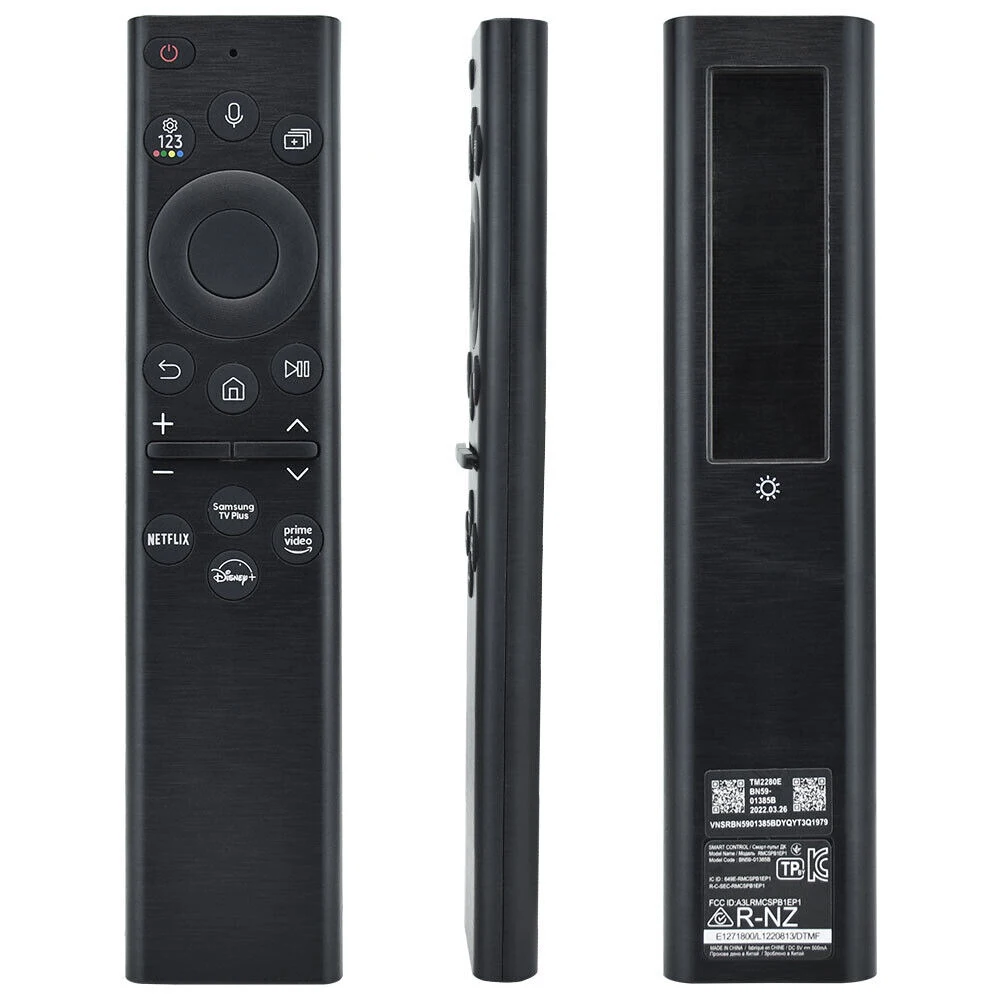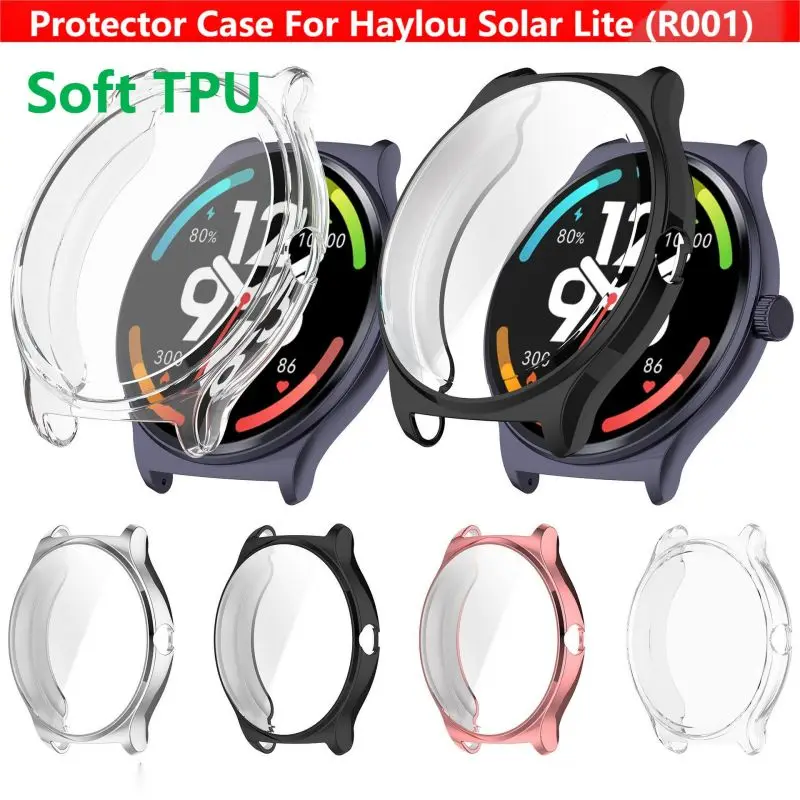Ultralight solar cells can provide energy anywhere on the planet, even in space. Austrian scientists have developed a new type of solar cell that is lightweight and generates energy in difficult and unpredictable environments, like space and remote parts of the Earth. These solar cells are based on a material called perovskite, which produces an unprecedented amount of power, up to 44 watts per gram. They also have high stability and are lightweight, flexible, and have a high energy conversion rate of up to 20.1%.
These cells are only 2.5 microns thick, about 20 times thinner than human hair, making them perfect for powering various electronic devices. The Solar Hopper is a quadcopter powered by solar cells. It has a special design that allows it to hover using only solar power. This makes it suitable for use in areas without traditional power sources.

A unique feature of this technology is the use of transparent aluminum oxide films and optimized materials for solar cells. These materials have increased the stability of the solar cells and allow them to operate in environments with low permeability to gases, moisture, and high flexibility. The application of this technology has already been demonstrated in practical tests. Twenty-four solar cells were installed on a commercial quadcopter the size of a palm, which is only one-quarter the total weight of the drone.
This panel allows the drone to complete continuous flights and charge cycles without the need for wires, demonstrating the effectiveness and sustainability of this technology. These developments open up a wide range of possibilities for use in solar aviation, such as search and rescue operations and large-scale mapping. They also have potential for research into the solar system and can contribute to solar energy generation in space.
Discover more from Drone Rewiews
Subscribe to get the latest posts to your email.







